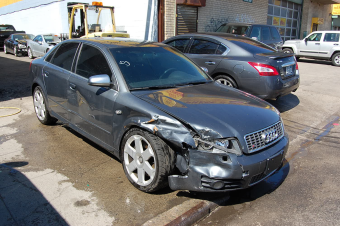
How do cars salvage operations work? Automobiles are considered vehicles salvaged when automobiles have been damaged due to several causes. The causes for autos damaged are: accidents, floods, auto theft and electrical or mechanical defects. Auto dealers, insurance companies or financial institutions deem vehicles wrecked.
Auto dealers may have damaged automobiles on their lots due to a large used car inventory or repossession of vehicles. Generally, these autos were involved in auto accidents or auto theft cases. Auto dealers hold auctions to unload cars salvage from their inventory of cars. Insurance companies will try to sell cars salvage after the company has written off these vehicles because of extensive damages incurred on the vehicles. Financial institutions have cars salvage when the institution has taken possession of the cars salvage due to owners unable to pay the loan payments.
In order to find out what companies or auto dealers have cars salvage, the best place to begin a search is on the internet. Online websites are a great source of information on cars salvage. The information about cars salvage includes: (1) the make and model of the vehicles, (2) how much the vehicles are priced at and (3) where the vehicles are located.
After you have found autos salvaged, keep in mind of a few things before you make a purchase. Remember to check if the vehicle has been repaired by a trusted body shop. Be wary of certain makes and models. Some vehicles have a better resale value than others.
Online websites have a listing of the criteria to determine if vehicles are reputable cars salvage:
Level B: a buyer will fix up a salvaged car and then try to sell it for a profit.
Level C: the vehicle must be certified that by auto shop that it has been repaired completely and safely.
Level D: the vehicle is considered to be repaired to the fullest extent and can be sold for a profit.
Level X: the total amount a seller can garnish from the sale of salvaged car.
